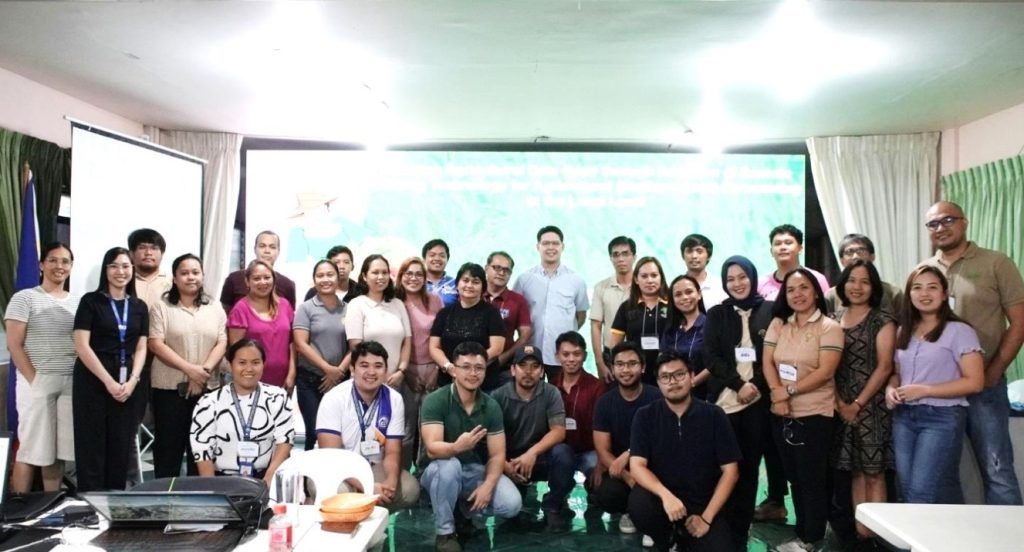
MALAYBALAY CITY (BukidnonNews.net/ 11 June 2025)—Several local government staff and stakeholders trained for four days on using satellites for farm monitoring.
Maria Evangeline Non, chief of Philippine Statistics Authority-Bukidnon, said that with satellites or aerial sensors, information about crops and land can be gathered without physically being on the ground.
Participants worked with satellite and aerial imagery such as Sentinel-2 and Landsat images to assess crop conditions and land use. They also applied tools such as Google Earth Engine (GEE) and Quantum GIS (QGIS) to generate maps using the Normalized Difference Vegetation Index (NDVI), which detects dryness, pest activity, and harvest indicators.
Other topics covered were farm boundary mapping, production zone identification, and the integration of environmental data such as rainfall, soil type, and temperature to support agricultural planning.
Trainees were also presented with the PhilRice pet project, Philippine Rice Information System (PRiSM), which uses satellite data to monitor planting areas, sowing dates, yield forecasts, and potential threats such as floods and droughts.
The training was initiated by the newly created Department of Economy, Planning, and Development (DepDev), a cabinet-level iteration of the old National Economic Development Authority (Neda).
It was coordinated with the PSA, Department of Agriculture (DA), University of the Philippines Los Baños (UPLB), and the Philippine Rice Research Institute (PhilRice).
Non said the training is part of the government’s smart agriculture program.
“By sharing these digital tools with local stakeholders, farming in Bukidnon will become more efficient and data-driven, helping farmers better prepare for future challenges,” Non added.
According to PSA data, Bukidnon, among the provinces, has the highest value of production in agriculture and fisheries, amounting to Php 155.28 billion in 2023.
Palay/rice production in the first quarter this year increased by 5.69 percent compared to the same quarter last year. Corn grew by 3.15 percent.
A total of 32,371 hectares of land were harvested with palay and 59,595 hectares were harvested with corn.
The country produces 20 million metric tons of rice per year, but is still the world’s largest rice importer with 4.8 million MT imported last year. Rice consumption per Filipino is estimated at 120 kg per year.(with reports from PIA-Bukidnon)
Banner photo from GIS University









